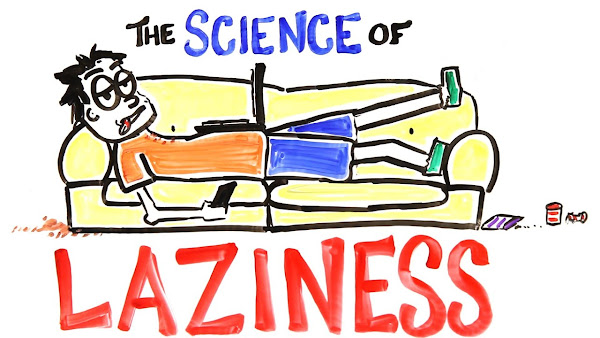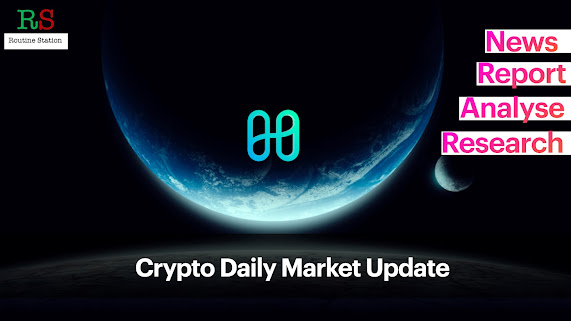Ubuntu Server for Validator prerequisite
Setting Up Development Environment sudo apt update && sudo apt upgrade -y sudo apt install curl tar wget clang pkg-config libssl-dev jq build-essential git make ncdu -y Install Golang: cd $HOME ver="1.19.4" wget "https://golang.org/dl/go$ver.linux-amd64.tar.gz" sudo rm -rf /usr/local/go sudo tar -C /usr/local -xzf "go$ver.linux-amd64.tar.gz" rm "go$ver.linux-amd64.tar.gz" echo "export PATH=$PATH:/usr/local/go/bin:$HOME/go/bin" >> $HOME/.bash_profile source $HOME/.bash_profile Check go version: go version

